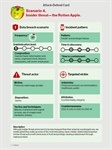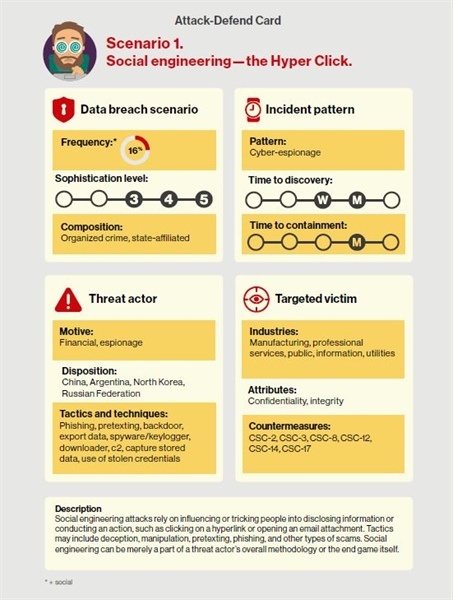Enterprise networks are changing at a rapid pace – becoming more complex as next-generation advancements transform traditional architectures. Simultaneously, enterprises of all kinds and across all industries are coming to the sobering conclusion that with these changes, the traditional approach to cybersecurity is no longer effective.
Perimeter defenses, while still necessary, are no longer sufficient in the face of this once inconceivable, but now irrefutable, reality: Breaches will occur. Where cyber attacks of the past were intentionally grandiose and overt, today's attackers more often prefer to move low and slow, creating command and control channels through which to steal valuable information over long periods of time while remaining undetected.
With these changes a new security paradigm is emerging, one that charges security and network professionals not only with keeping threats out, but also with gaining and maintaining visibility over what's already inside their networks; however, the increasing complexity of networks creates blind spots that make seeing these threats more difficult than ever. What's more, these blind spots are caused by a number of factors and often create bottlenecks that can degrade network performance.





